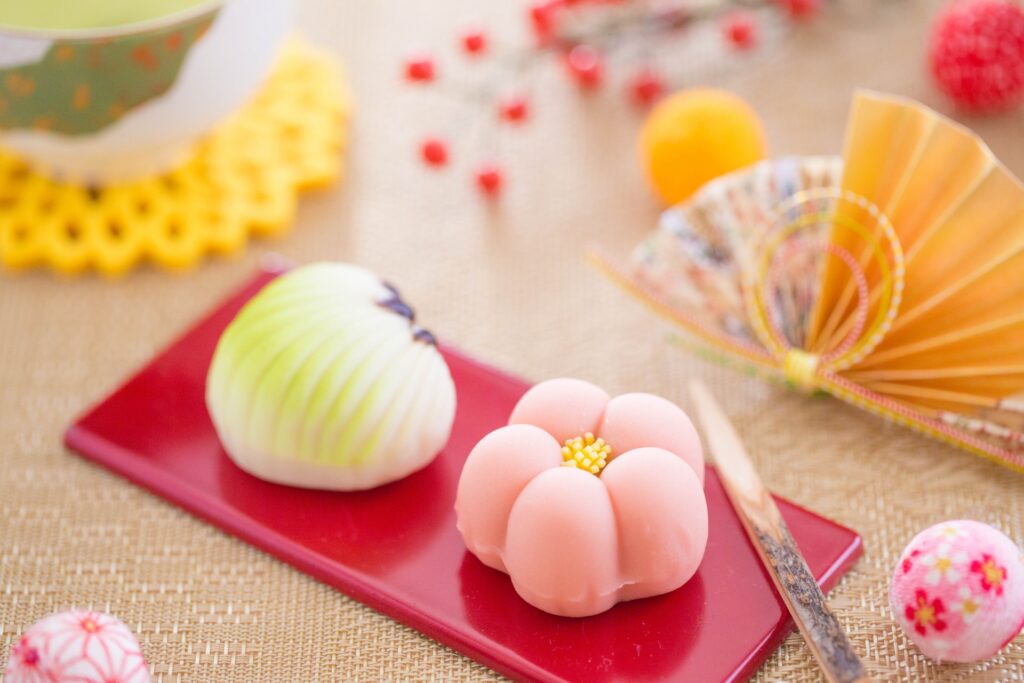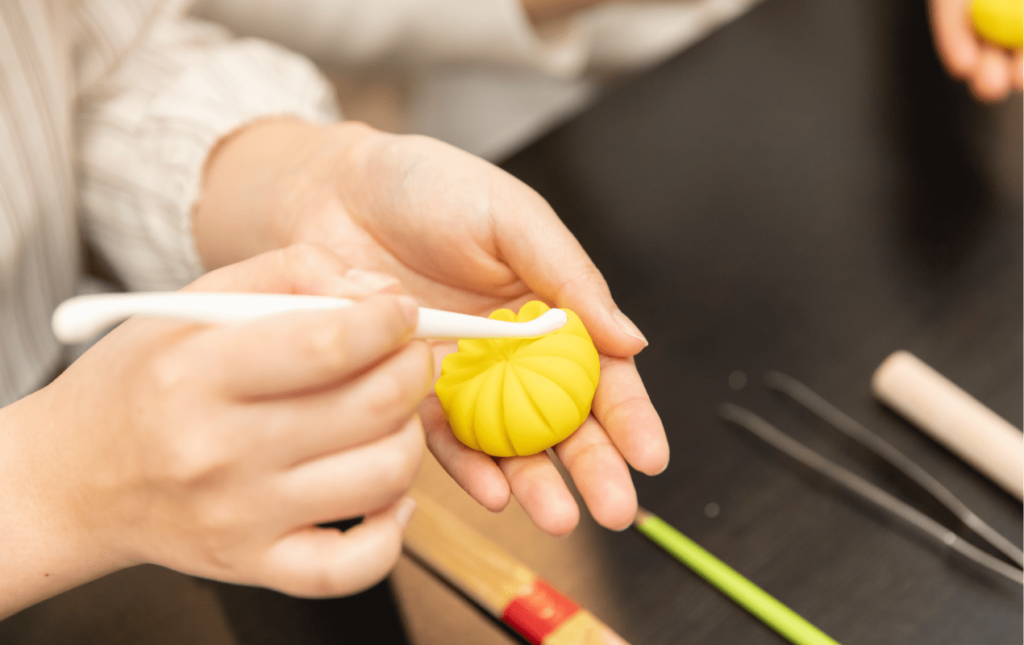
In Japan, the changing of the seasons is more than just a shift in weather — it’s a cultural rhythm deeply woven into daily life. One of the most beautiful expressions of this seasonal awareness is found in wagashi, traditional Japanese confections. These delicate sweets are not only treats for the palate, but also edible art that mirrors the beauty of nature throughout the year.
In spring, wagashi often takes the form of cherry blossoms, symbolizing renewal and fleeting beauty. You might find sakura mochi, a pink rice cake wrapped in a salted cherry leaf, or nerikiri shaped like blooming flowers. These seasonal motifs aren’t just decorative — they express an appreciation for transience, a core part of Japanese aesthetics known as mono no aware.

As the year progresses, wagashi continues to follow the seasons. In summer, sweets become lighter and cooler, featuring translucent jelly-like textures and ingredients such as citrus or matcha to refresh the body. Autumn brings chestnut- and sweet potato-based confections, often in warm, earthy tones. In winter, mochi and anko (sweet red bean paste) offer comfort against the cold. Eating wagashi is not only about taste — it’s a moment to pause and observe the time of year, a quiet celebration of Japan’s living seasons.

